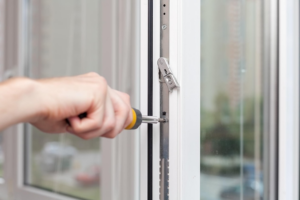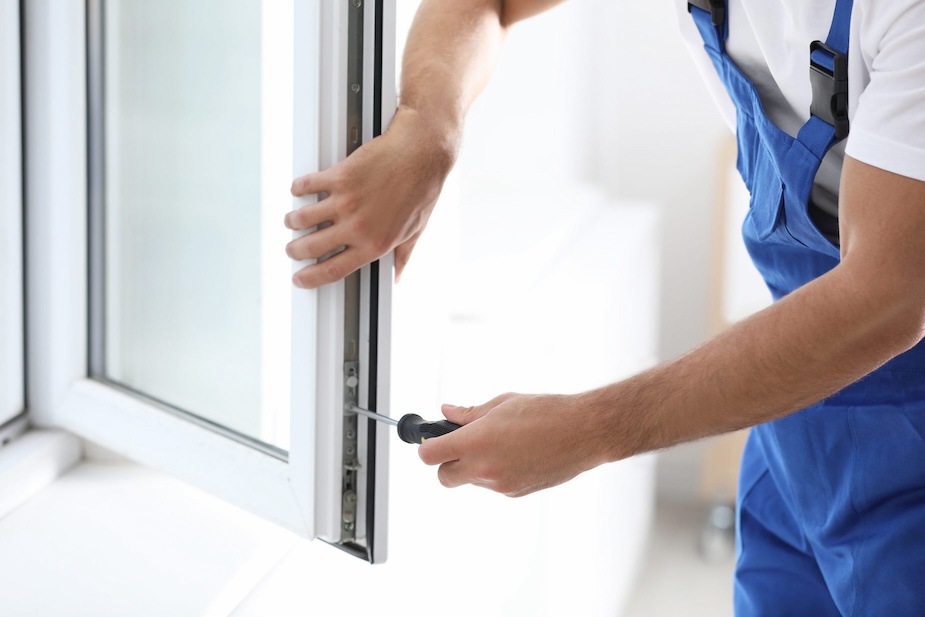10 Wrong Answers To Common Lock Repair Questions: Do You Know The Righ…
페이지 정보
작성자 Yasmin 작성일25-01-31 13:18 조회5회 댓글0건관련링크
본문
 How to Do Your Own Lock Repair
How to Do Your Own Lock Repair If your locks start to fail, you can try to fix them yourself or hire an expert locksmith. However, lock repair isn't easy and the wrong approach could result in further damage.
If your locks start to fail, you can try to fix them yourself or hire an expert locksmith. However, lock repair isn't easy and the wrong approach could result in further damage.The first step is to make sure the problem is not caused by dust or dirt. This is usually solved by applying a graphite spray or silicone based lubricant.
1. Locked Door Knob or Handle
As time passes, door knobs and handles can become loose. This can result in an unbalanced knob or handle that is difficult to open. It is essential to fix loose door knobs because they can be a nuisance but also can affect the security of your home. Fortunately, a loose doorknob or handle is relatively simple to repair. There are several ways to do this, dependent on the type of window lock repairs system your door is using. Some lock systems have visible mounting screws that are easy to access, while others utilize a backplate which conceals the screws that hold the window lock repair near me together. This is a more complicated method in the case of an underlay that hides the screws.
The majority of interior doorknobs have a tiny screw referred to as a setscrew that is located on the inside of the knob that prevents it from sliding over the spindle. This is a part of the latch assembly. If yours is jiggly, it could be due to a small screw known as a set screw located on the inside of the knob, which prevents it from sliding over the spindle. You can make use of a flashlight to locate the set screw, then tighten it using an Allen wrench. After it's tightened, try turning the knob to check if it no longer appears to be jiggly.
If the knob is jiggly, it could be that the set screw isn't placed correctly. To ensure that the screw is positioned correctly, look for a small, corresponding button on the spindle. Press the button using the flat-head screwdriver, then slide the knob across the spindle. When you do this the knob should click into place and show that it is placed correctly on the spindle.
Once you have ensured that the set screw is properly placed then tighten it a second time to ensure that the knob is secured. This should resolve the issue If not it is, you will require removing the knob and examine the backplate for missing or loose screws. You will need to Replace Window Locks Upvc the screws in the event of this before you can replace the knob or handle. If you're not comfortable with this type of repair, call an expert who specializes in damaged lock repair.
2. Key Won't Turn in the Lock
There are many reasons why your key could stop turning in the lock. One of the most common causes is that the pins inside the cylinder are worn out. This means that they no longer have the proper shape to allow the wafers or sliders to move by the key. In this instance spraying the lock with silicone-based lubricant or graphite spray will coat the pins in order to make them move again.
If the issue is more serious, and the key is bent, you may have to get it straightened by a professional. A professional locksmith can use a specialty tool to straighten the key that is designed with an angled tip that fits into the recessed groove of the key's tip. This kind of tool can't be found in hardware stores. However you can buy an entire kit with the necessary tools through the internet or from a locksmith.
Another possibility is that the lock has become dirty or contaminated. Over time, dust can accumulate in the lock cylinder, which could cause the pins and springs to swell up. In this situation, spray the lock with WD-40 or graphite spray to remove the pins and restore them to their original positions.
It could also be an issue if the key has been damaged. Keys can wear down over time through repeated use, which will cause the groves to wear down or even become smoother. This could result in the key not fitting into the cylinder, which is why it's important to pay attention and regularly check that your key fits correctly.
In colder weather locks can freeze, which can stop the springs and pins from moving when the key is placed. This is a problem that can be frustrating, but is usually easily resolved by warming the lock by using hot water and then applying lubrication. However, if the lock is damaged or frozen beyond repair, it's likely to require replacement by an expert.
3. The Lock isn't Turning
If you've had a lock that doesn't turn and isn't opened, it can be extremely frustrating. If it occurs frequently, you might consider getting locksmiths to come examine the lock and see if they can help. It is not always necessary however, as some issues can be fixed by yourself.
The key will not rotate in the double glazed window lock repair if damaged. This can happen if you've lost your key or it's broken window lock repair in the lock. Instead of trying to pull keys out of the lock, which could result in it being further pushed into the mechanism and make it worse you can use needle-nosedpliers to take the key from the lock. Be careful not to damage the lock by breaking off any piece of the damaged key with the pliers.
You could also have a misaligned lock, which could cause the door to not to latch properly. If you're fortunate enough to have an extra key, this can be tested inside the lock to make sure it is working properly and doesn't cause the cause of the problem. If you do discover that the lock is misaligned, tightening the screws around the strike plate will fix the problem and allow the lock to function normally.
A lock might not turn due to dust or dirt. Using graphite sprays or a silicone-based lubricant could solve this problem by coating the pins within the lock, allowing them to move up and down as normal. It is important to avoid using products that contain oil such as WD-40 to solve this issue, because they can cause obstructions later on.
It's important to note that some keys don't fit in all replacing window locks. If this is the case, you might require a new key created by a local hardware store.
4. The Cylinder is rotating.
Hairpin vortices can form when a cylinder is rotated in a confinement area. These vortices may exert significant forces on the cylinder rotating. The forces are proportional to the dimensionless curvature radius and the confinement factor. The cylinder's head, tube, and main body are made of aluminum alloy.
If you can insert your key and turn it, but the lock is still rotating the cylinder, it could be damaged. Rekeying the lock could solve the issue. You can buy kits to do this online or in a lot of big box stores.
댓글목록
등록된 댓글이 없습니다.


